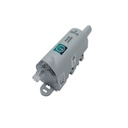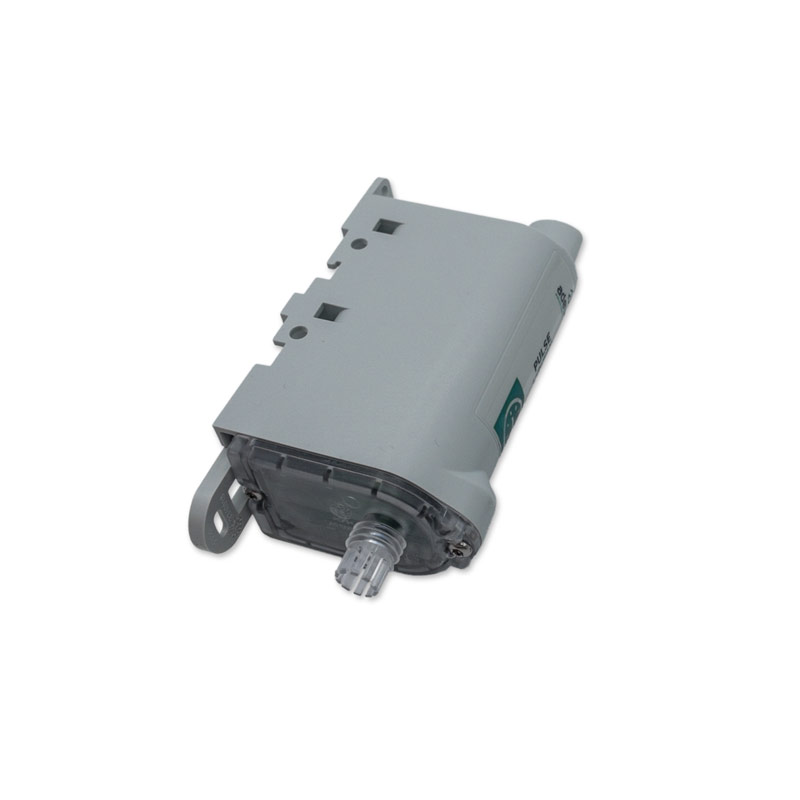The ARF8230ARA PULSE from Adeunis enables the smart conversion of conventional meters (water, electricity, heat) with LoRaWAN technology. Ideal for monitoring energy consumption in buildings and industries. In addition to periodic measurement, the device offers functions such as fraud and leakage detection as well as customizable data transmission intervals. With a battery life of over 15 years and robust IP68 housing, the ARF8230ARA guarantees reliable performance, even in demanding environments. A flexible, durable device for sustainable energy monitoring.
| Equipment | |
|---|---|
| antenna | internal |
| sensor | Water consumption, Gasverbrauch, Power consumption |
| Communication | |
| frequency | EU868 |
| connectivity | LoRaWAN |
| interfaces | Downlink |
| activation | OTAA, ABP |
| Power supply | |
| power supply | battery, included, not replaceable |
| number of batteries | 1 |
| battery details | Lithium-Metall, nicht aufladbar |
| Certifications | |
| enclosure protection class | IP68 |
This sensor is designed for monitoring gas, electricity, water, and heat meter consumption. It can also be used for fraud/leak detection and flow calculation.
The device operates in the EU 863-870 MHz LoRaWAN region.
The sensor has an IP68 protection rating, meaning it is completely dust-proof and can withstand immersion in 1 meter of water for 10 hours at 20°C and for 1 hour at 60°C.
The battery life can be over 15 years in certain configurations, but it varies significantly depending on the specific setup, with some configurations resulting in a battery life as short as 2.1 years.
Low battery warnings are indicated by a local LED and a remote alarm in the status byte.
The sensor has 2 configurable pulse inputs that support dry contact, REED, SO relays, and open collector type connections.
The sensor supports periodic (configurable frequency) and event-driven (flow rate thresholds exceeded) data transmission modes.
Yes, the sensor has both fraud and leak detection capabilities. Fraud detection is based on configurable state change detection on the tamper input, while leak detection is performed by analyzing occurrences where the calculated flow rate is less than a configurable leakage threshold.
The sensor can operate in temperatures ranging from -25°C to +70°C.








